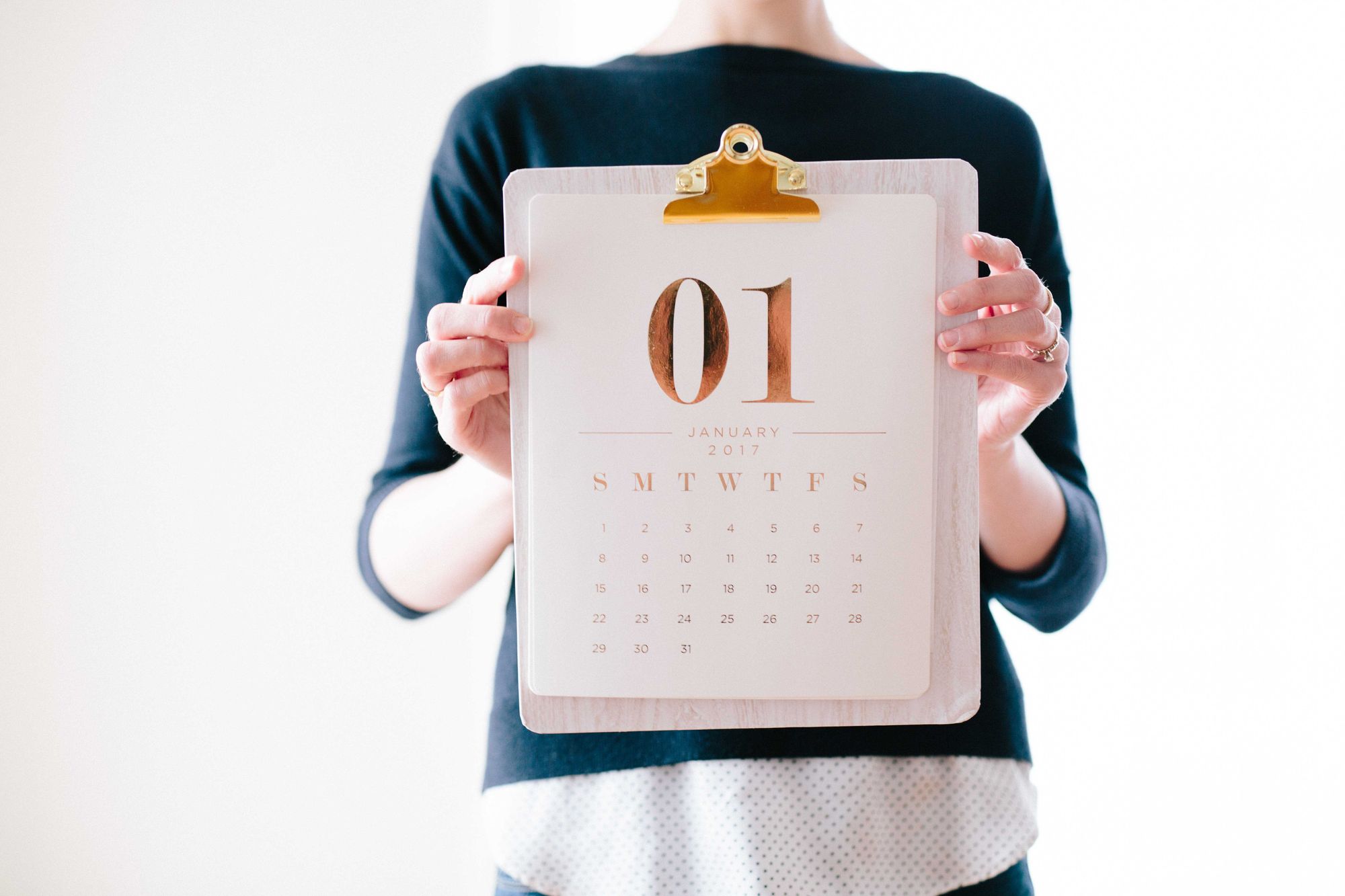

strftime – Python DateTime Timestamp String
source link: https://www.freecodecamp.org/news/strftime-python-datetime-timestamp-string/
Go to the source link to view the article. You can view the picture content, updated content and better typesetting reading experience. If the link is broken, please click the button below to view the snapshot at that time.

April 19, 2022 / #Python
strftime – Python DateTime Timestamp String

The datetime object lets us work with dates and times in Python. But the value returned when we use this object is of the datatime data type rather than a string.
Here is an example that prints the current year, month, day and time to the console:
from datetime import datetime
current_day = datetime.now()
print(current_day)
# 2022-04-18 21:50:24.524022
print(type(current_day))
# <class 'datetime.datetime'>In the code above, we imported the datetime object first. datetime.now() gives us the all the information about the current day which we stored in a variable called current_day.
When we printed current_day, we got this: 2022-04-18 21:50:24.524022. This shows us year, month, day, and time. And when we printed the type to the console, we got datetime.
In this article, we'll talk about the strftime() method provided by the datetime object. This method let us convert date and time objects in Python to their string format.
What Does Strptime Do in Python?
The strftime() method takes in an argument (a format code) that specifies what we want to return.
Here's an example:
from datetime import datetime
current_day = datetime.now()
year = current_day.strftime("%Y")
print("current year:", year)
# current year: 2022
print(type(year))
# <class 'str'>The code above is similar to the last example except that we created a new variable called year. In this variable, we attached the strftime() method to the current year: current_day.strftime("%Y").
You'll notice that we passed in an argument to the method – "%Y" – which denotes year. This is called a format code. In the next example, we'll see other format codes.
After using the strftime() method, the data type can now be seen as a string.
Here is another example:
from datetime import datetime
current_day = datetime.now()
year = current_day.strftime("%Y")
print("current year:", year)
# current year: 2022
month = current_day.strftime("%B")
print("current month:", month)
# current month: April
day = current_day.strftime("%A")
print("current day:", day)
# current day: Monday
time = current_day.strftime("%-I %p")
print("current time:", time)
# current time: 9 PMIn the example above, we passed in different format codes in the strftime() method to return string values for the month, day, and time variables.
These aren't the only format codes that exist. Click here to see more format codes you can play around with to see what they do.
Conclusion
In this article, we talked about the strftime() method which helps us convert date and time objects to strings.
We saw various format codes that can be passed in as arguments to return different date and time object values.
Happy coding!
This author's bio can be found in his articles!
If you read this far, tweet to the author to show them you care.
Learn to code for free. freeCodeCamp's open source curriculum has helped more than 40,000 people get jobs as developers. Get started
Recommend
About Joyk
Aggregate valuable and interesting links.
Joyk means Joy of geeK
